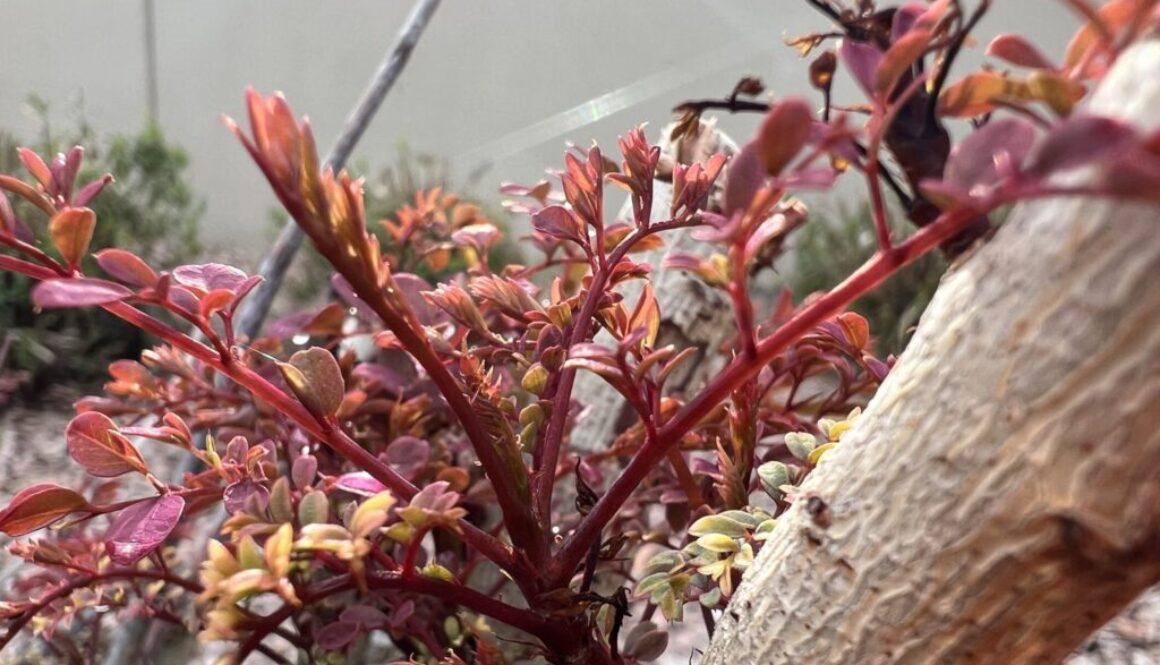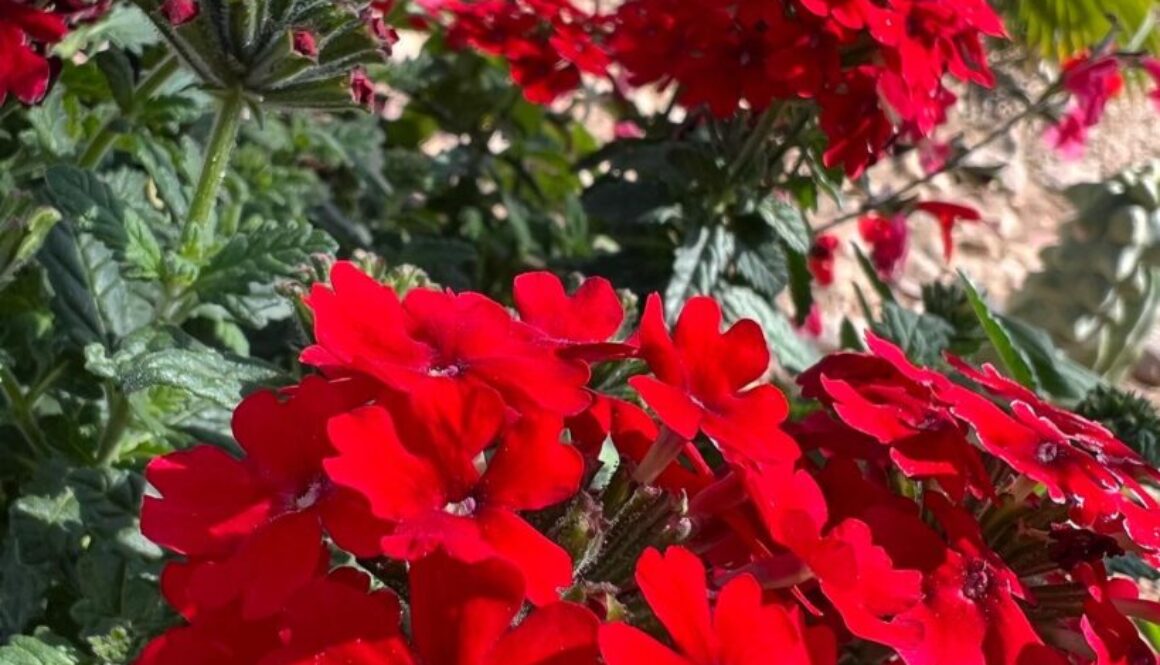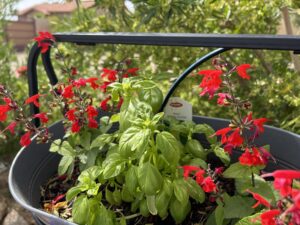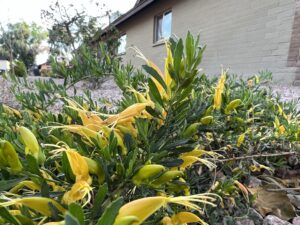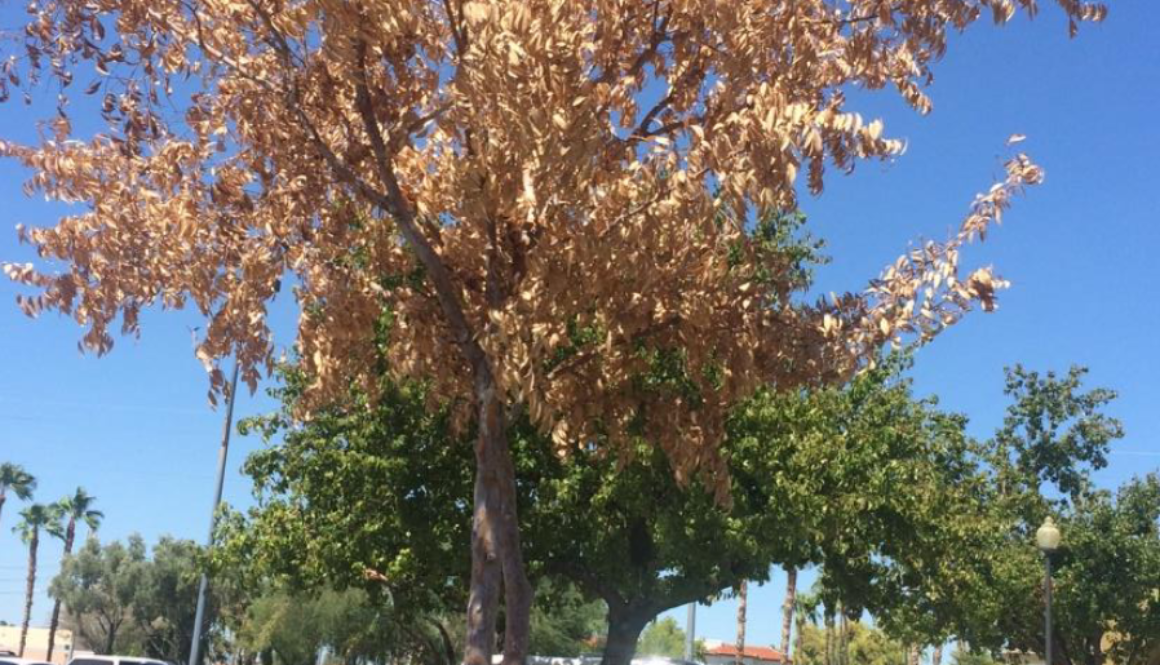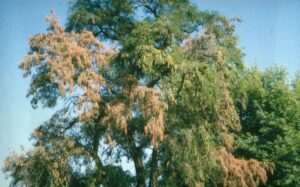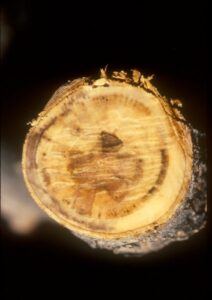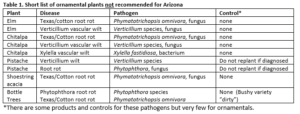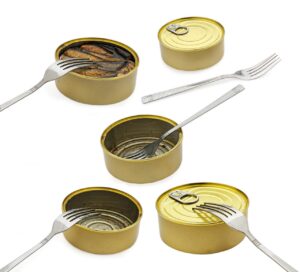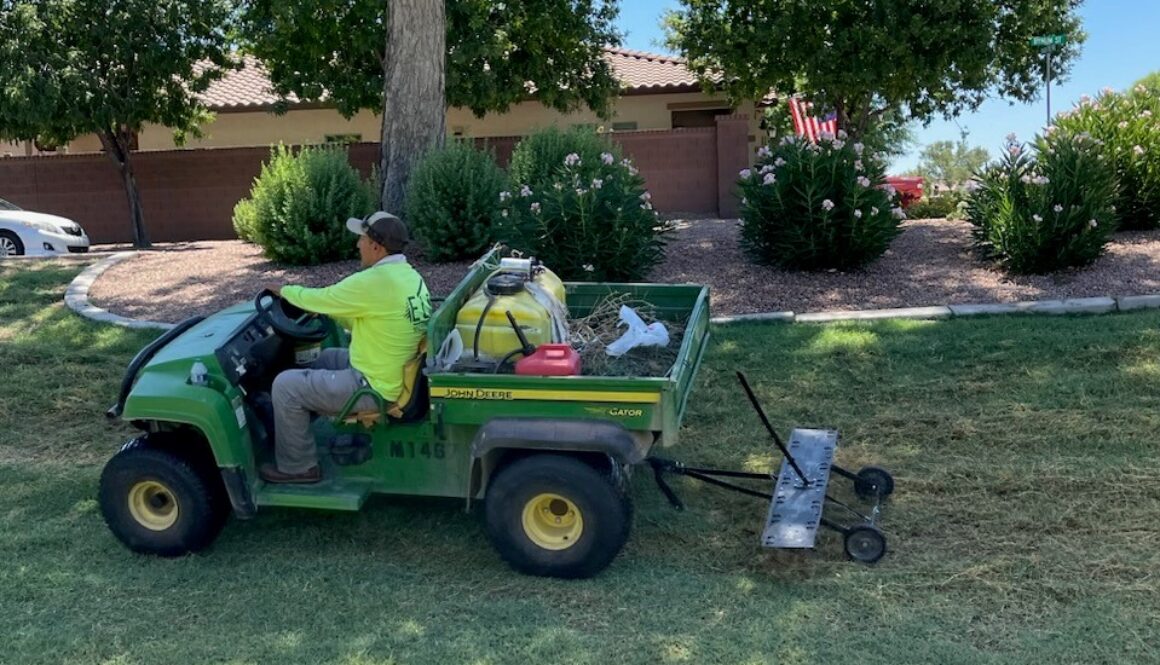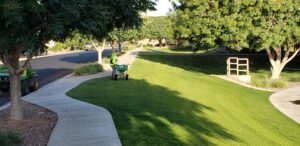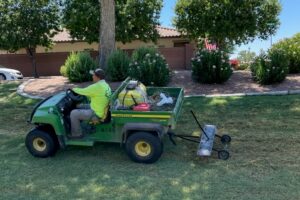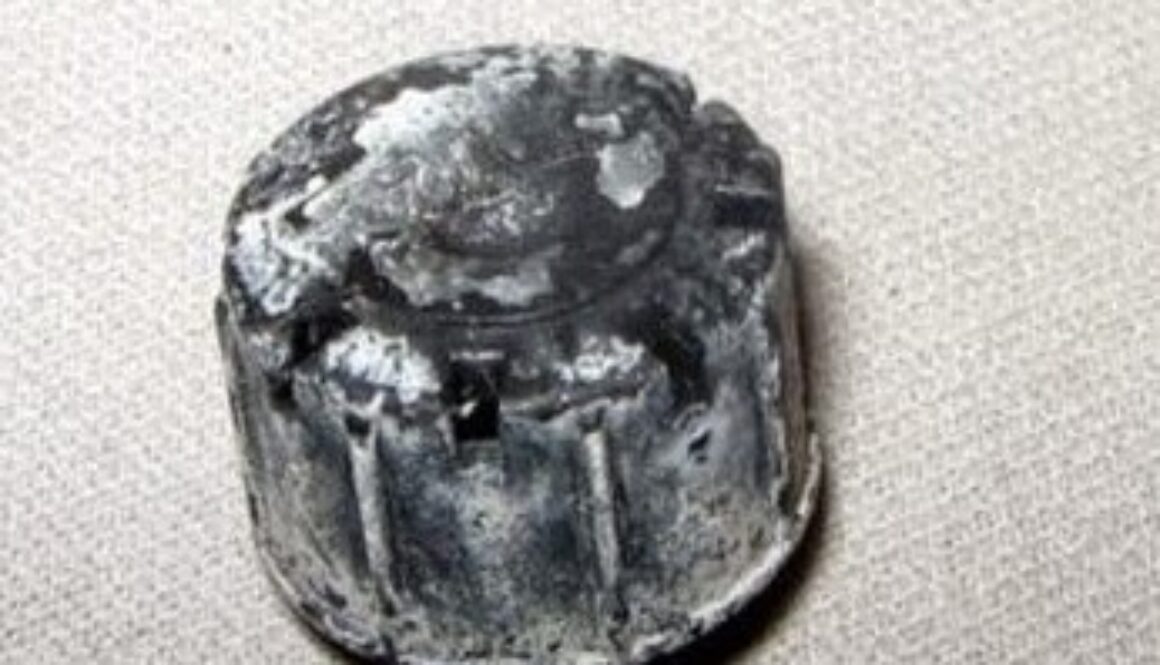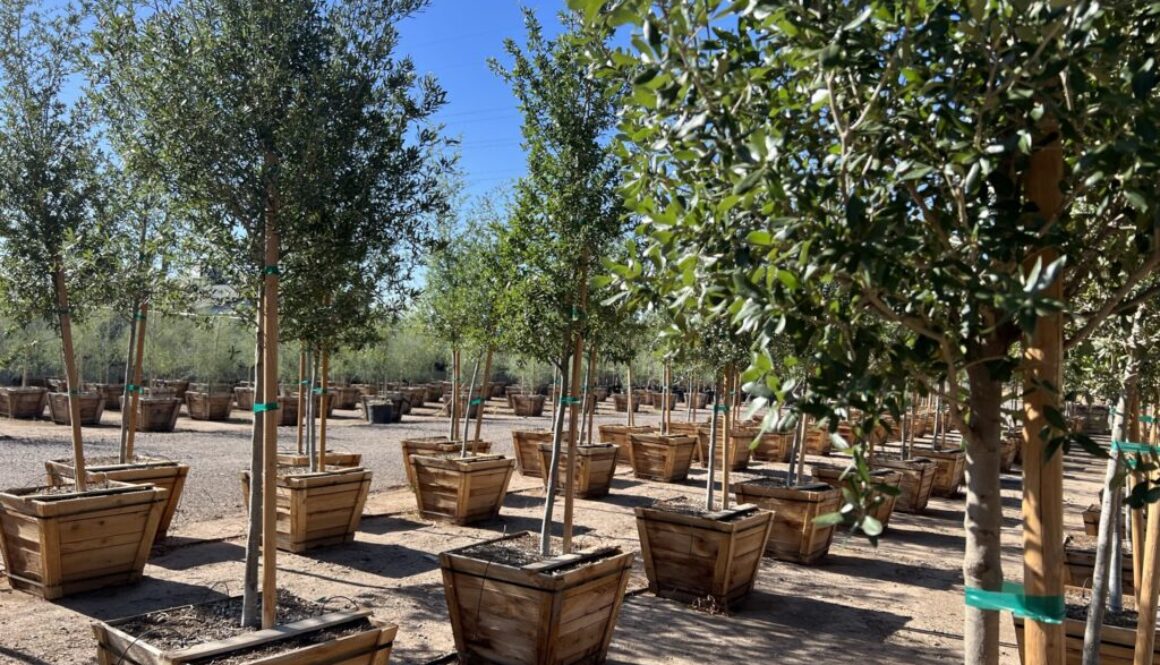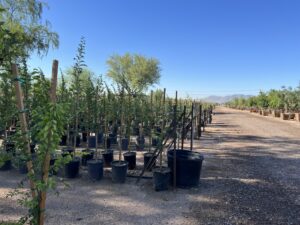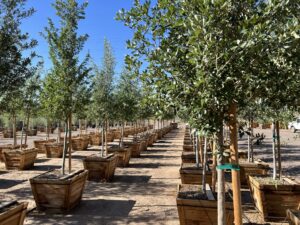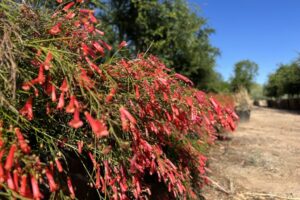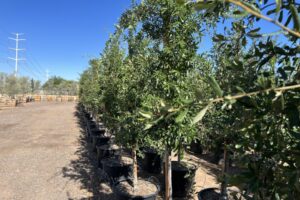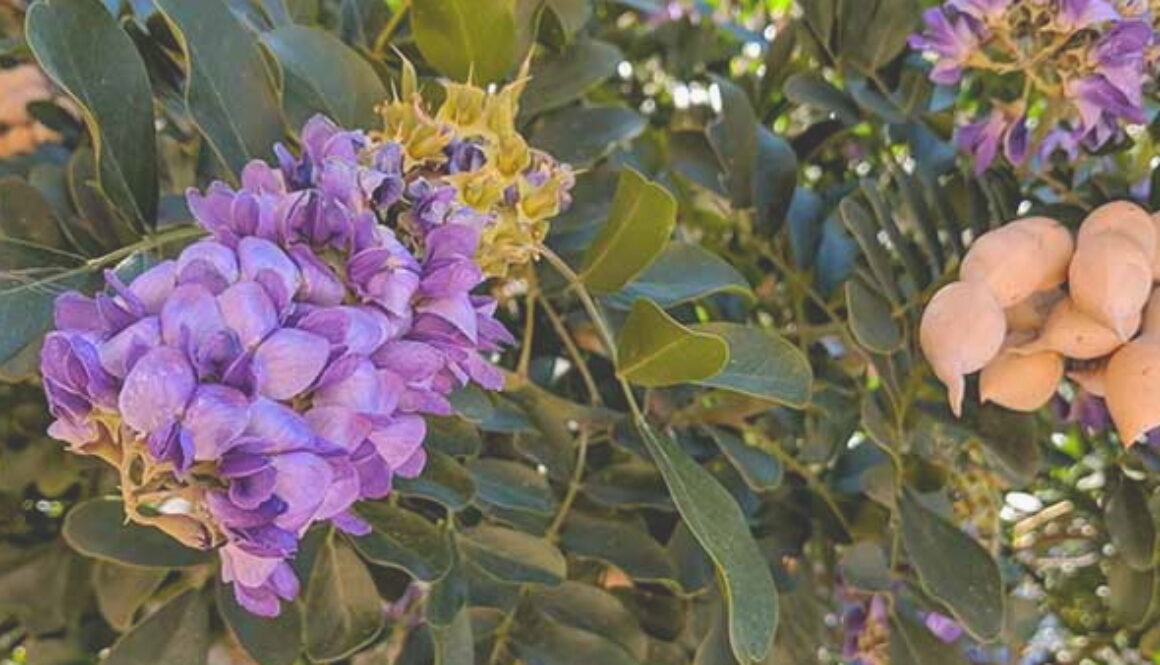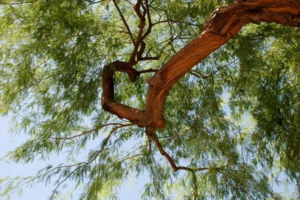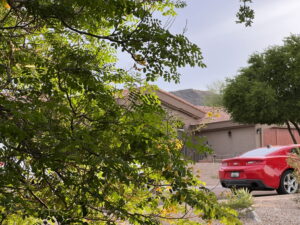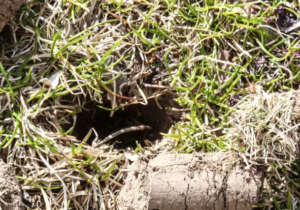Which Arizona Shrubs Need Winter Rejuvenation Pruning?
Winter is a very interesting time in the field of Arizona landscaping, much different from most other places in the world. Most trees and shrubs native to the Sonoran Desert are drought deciduous, meaning they strategically grow and lose leaves depending on precipitation and humidity. Only the riparian trees (Mesquites, Cottonwoods, Sycamores, Desert Willows, etc.) lose their leaves in the classic autumn fashion of the rest of the United States. It’s the non-native trees and shrubs that behave that way… or at least they’re supposed to in their natural habitats. There are several species of plants that need to be cut back manually to keep them from getting hollow and ugly over time. This is just one of several reasons landscapers engage in “Rejuvenation Pruning.”
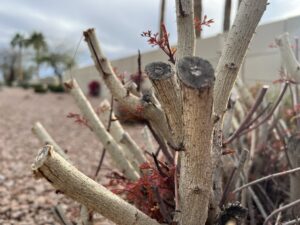
Rejuvenation Pruning is the act of chopping a shrub back nearly to the ground, leaving only its main trunks, once every year or so. Simple trimming works to keep plants looking neat in the short term, but over time this leaves them hollow shells of their former selves, with thin and weak foliage barely covering an empty, leafless interior. Not only does this start looking ugly after several months, but it leaves plants more vulnerable to pests, diseases, and sun damage. For these reasons, rejuvenation is vital to keeping a healthy landscape, even if the stumps of the cut back shrubs look ugly for a few weeks. This is, in fact, the best practice for the Arizona landscaping industry.

Evergreen shrubs need rejuvenation to fix the hollow look, typically once per year or every other year. Some notable examples of evergreen bushes in need of regular rejuvenation include Sage, Deergrass, Ruellia, and Lantana. Drought-deciduous shrubs will eventually need rejuvenation as well, though since they grow slowly, they often only need rejuvenation every few years. Some drought-deciduous examples include Creosote, Bursage, Fairy Duster, Chuparosa, and Eremophylla species. Seasonally deciduous shrubs are usually rejuvenated annually in the late fall once their leaves begin to fall off. Some notable deciduous shrubs include Mexican Bird of Paradise, Vitex, Rose, and several others.
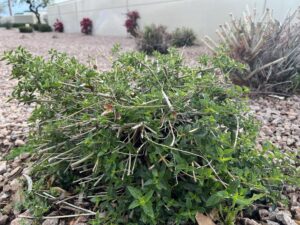
Whether the shrub is seasonally deciduous, drought deciduous, or evergreen, the smartest times to rejuvenate are during the late fall and early spring. Big cutbacks like this can be harmful in the extreme heat of the summer or the near-freezing temperatures of the winter. For deciduous shrubs, they won’t have leaves on them by then anyway.

The most important thing to remember is not to worry when you see your landscapers chop down your favorite shrubs. This is the best strategy to keep plants healthy in the long run, even if it means they may look ugly for a few weeks before new foliage emerges. If the shrub is seasonally deciduous, it wasn’t going to be growing until springtime anyway. ELS Maintenance makes sure all shrubs are on a proper pruning and rejuvenation schedule for their species, location, and age, keeping things looking healthy and vivacious. If you know of a community or commercial property looking for a new landscaping company, email us at contactus@evergreenaz.com and we’ll get started!

